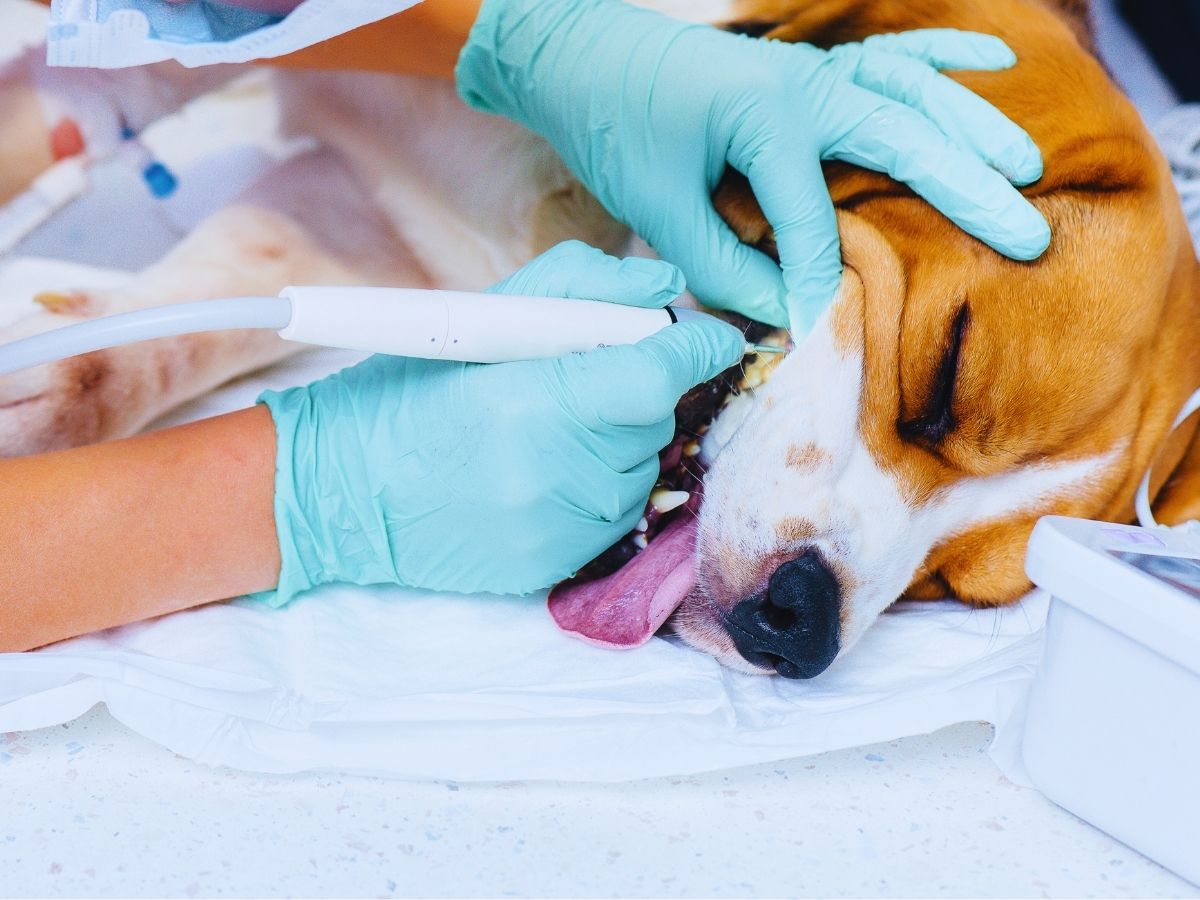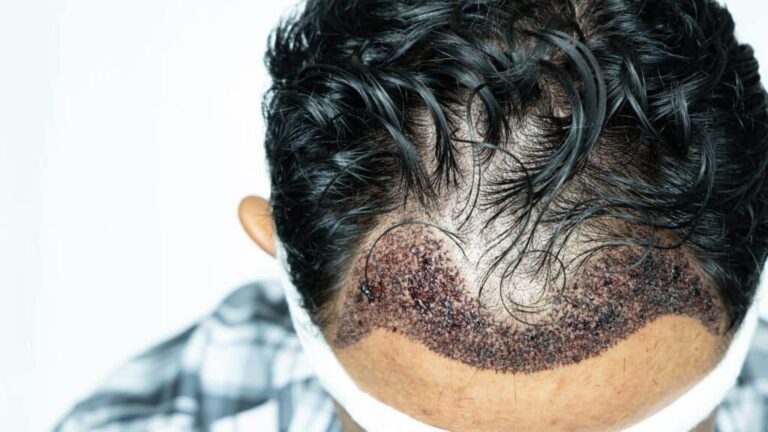The Benefits of No-Sedation Teeth Cleaning for Pets
Dental health is a vital but often overlooked aspect of pet care. While many pet owners understand the importance of regular teeth cleaning, the idea of putting their furry companion under sedation can be daunting. Fortunately, there’s a safer and less invasive alternative: no-sedation teeth cleaning. This method is gaining popularity as a gentle, effective option for maintaining oral hygiene in pets.
More pet owners are now exploring the advantages of no-sedation teeth cleaning for maintaining their pets’ dental health in a stress-free and safe way.
What Is No-Sedation Teeth Cleaning?
No-sedation teeth cleaning, also known as anesthesia-free dental cleaning, involves manually removing plaque and tartar buildup from a pet’s teeth without the use of general anesthesia. This process is performed by trained professionals who use gentle handling techniques to keep pets calm and cooperative throughout the procedure.
The cleaning typically involves scaling above and below the gumline using specialized tools, followed by polishing to smooth the teeth and reduce future buildup.
Safety Advantages
1. No Risk from Anesthesia
One of the biggest benefits of no-sedation cleaning is eliminating the risks associated with anesthesia. For senior pets, those with chronic health conditions, or breeds with known sensitivities, general anesthesia can pose serious complications. By avoiding sedation altogether, this method provides a safer alternative, especially for routine dental maintenance.
2. Reduced Recovery Time
Because there’s no anesthesia involved, pets remain fully conscious during the procedure and can return to their normal routine immediately afterward. This means no grogginess, disorientation, or post-procedure monitoring is needed, reducing stress for both pets and their owners.
Oral Health Benefits
1. Plaque and Tartar Removal
Routine no-sedation cleanings help prevent the buildup of plaque and tartar that can lead to gum disease, tooth decay, and bad breath. Regular cleanings also help extend the time between more invasive dental procedures, which may eventually require sedation or surgery if neglected.
2. Gum Disease Prevention
Gingivitis and periodontal disease can begin with minor tartar accumulation. Left untreated, these issues may cause pain, tooth loss, and even affect internal organs. Anesthesia-free cleanings allow for early detection and intervention, helping to prevent more serious health complications.
3. Fresh Breath
Bad breath in pets is often a sign of underlying dental problems. No-sedation teeth cleaning effectively removes the bacteria responsible for foul odors, leaving your pet with noticeably fresher breath.
Behavioral and Emotional Benefits
1. Less Stress for Pets
Many pets experience anxiety around vet visits, especially when sedation is involved. The no-sedation approach is more natural and less intimidating. Trained dental professionals use calm, non-invasive techniques to help pets feel safe and relaxed during the procedure.
2. Builds Positive Associations
When pets experience dental care without fear or pain, they develop more positive associations with grooming and handling. This can improve their overall behavior during veterinary visits and reduce resistance to future procedures.
Cost-Effective and Convenient
1. Lower Cost Than Traditional Dental Cleanings
No-sedation dental cleanings typically cost significantly less than procedures requiring anesthesia. With no need for pre-anesthetic bloodwork, IV fluids, or post-procedure monitoring, the overall expense is reduced—making regular maintenance more accessible for pet owners.
2. Shorter Appointment Times
These cleanings usually take less than an hour and don’t require recovery time, making it easier to fit into busy schedules. This convenience encourages more frequent cleanings, which ultimately leads to better long-term dental health.
When No-Sedation Teeth Cleaning Is Appropriate
While no-sedation dental cleaning is ideal for many pets, it’s important to note that not every animal is a candidate. Pets with advanced dental disease, significant tartar buildup below the gumline, or behavioral issues that prevent safe handling may still require sedation for a thorough cleaning.
A qualified pet dental technician or veterinarian will evaluate your pet’s oral health and temperament to determine the best approach.
Conclusion
Maintaining your pet’s dental hygiene is crucial for their overall health and quality of life. No-sedation teeth cleaning provides a gentle, safe, and effective way to manage plaque, tartar, and early signs of gum disease—without the risks and complications of anesthesia.






